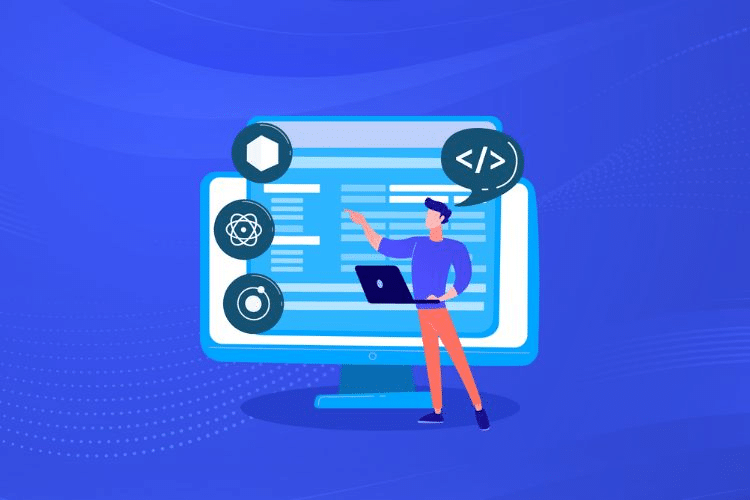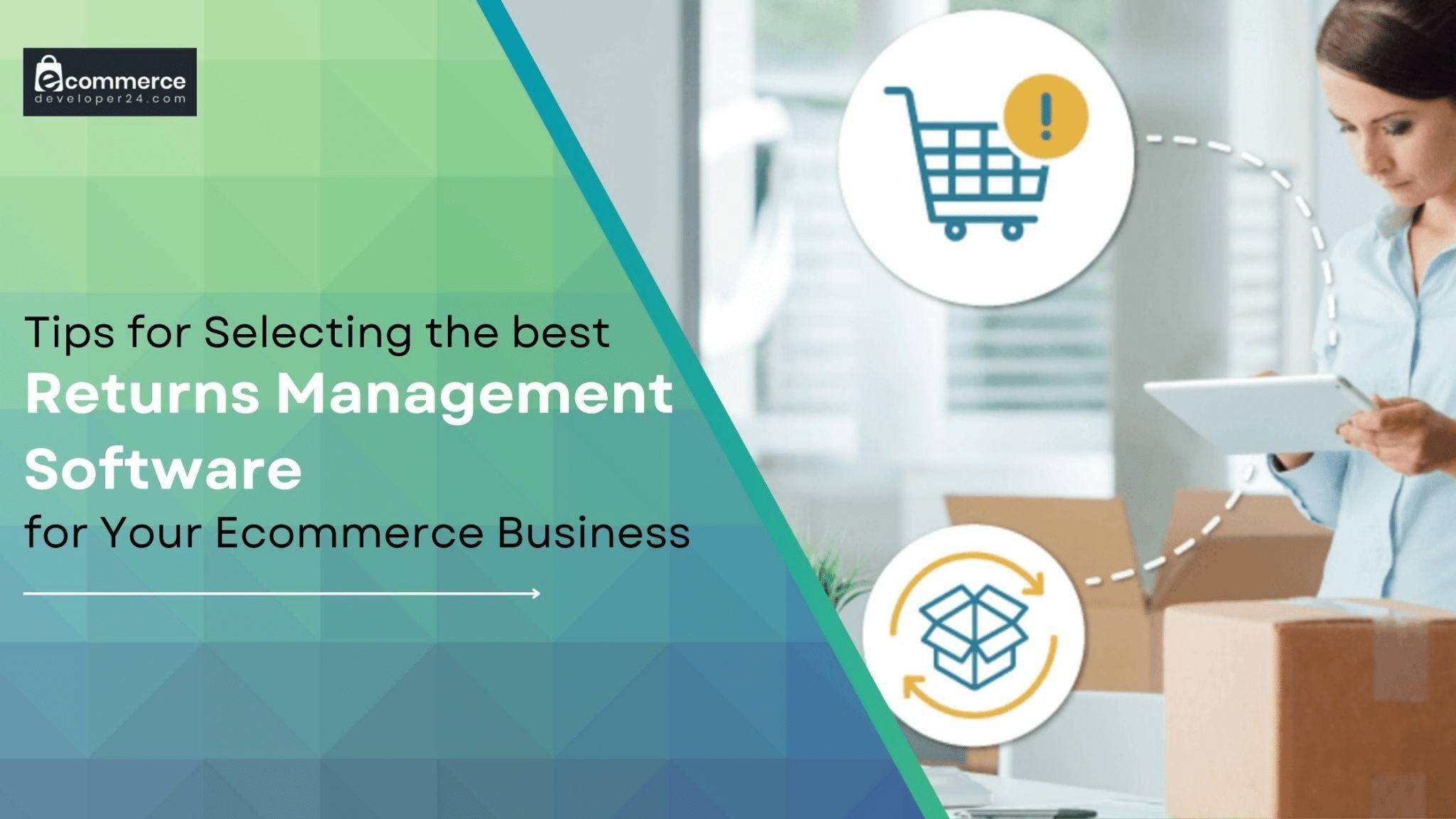Returns are unavoidable in the world of ecommerce. Whether it’s due to a customer changing their mind about a product, receiving a damaged item, or ordering the wrong size, returns are a part of the ecommerce process. Returns management, on the other hand, may be a time-consuming and complex task for ecommerce enterprises. This is where return management software comes in – it can help streamline the returns process and make it more efficient for both the business and the customer. In this article, we’ll go through the importance of Return Management Software and offer advice on how to choose the finest return management software for your ecommerce business.
The Inevitability of Returns
Returns are a reality for ecommerce businesses, and they can have a significant impact on your bottom line. According to a study by CBRE, returns cost US retailers $90 billion in lost sales each year. Returns, on the other hand, can be an opportunity for firms to create client loyalty and generate additional money. Businesses may assure customer satisfaction and encourage repeat purchases by implementing a streamlined returns process.
Why Should Businesses Use Returns Management Software?
Returns management software may help businesses in simplifying and automating the returns process. It can offer self-service options to customers, such as the ability to initiate a return online and print a shipping label. By lowering the number of customer support queries linked to returns, organizations can save time and money. Return management software can also assist firms with converting returns into exchanges and new purchases. By offering customers the option to exchange an item instead of returning it, businesses can retain customers and generate additional revenue.
Giving Customers Self-Service Options
Returns management software can provide customers with self-service options, such as the ability to initiate a return online and print out a shipping label. By lowering the number of customer support queries linked to returns, organisations can save time and money. also returns management software provides consumer self-service choices.
Converting Returns into Exchanges and Additional Purchases
Businesses can use returns management software to convert returns into exchanges and further purchases. By offering customers the option to exchange an item instead of returning it, businesses can retain customers and generate additional revenue. Look for returns management software that offers options for exchanges and additional purchases.
Gathering Valuable Returns Data
Returns management software can provide businesses with valuable data on returns, such as the reason for the return, the condition of the item, and the frequency of returns. This information can assist organisations in identifying patterns and making sound decisions about inventory management and product development. Consider whether the product provides powerful reporting and analytics features when choosing returns management software.
Getting Items Back on the Virtual Shelf Faster
Returns management software can help businesses get items back on the virtual shelf faster. By automating the returns process, businesses can process returns more quickly and get items back into inventory sooner. This can assist you shorten the time things are out of stock and boost customer happiness. Look for returns management software that offers fastprocessing times and integration with your ecommerce platform.
Which Returns Management Software is Best for My Business?

There are various solutions for return management software and benefits. Here are three popular options:
- Happy Returns: This returns management platform offers an advanced omnichannel returns experience, including options for in-person returns at retail locations. Happy Returns also provides businesses with valuable data on returns and offers a branded returns portal for customers.
- Loop Returns:This platform offers alternatives to traditional returns, such as exchanges and store credit. Loop Returns also provides businesses with insights on returns and offers customization options for the returns process.
- Returnly:This platform offers a branded returns experience and options for instant refunds and exchanges. Returnly also provides businesses with valuable data on returns and offers integration with several popular ecommerce platforms.
When selecting return management software for your online business, keep your personal demands and goals in mind. Look for software that is easy to use, offers robust reporting and analytics capabilities, and integrates with your ecommerce platform. You may enhance customer satisfaction and generate additional cash for your business by picking the correct returns management software.
Top Returns Management Tips for Ecommerce
Returns are an inevitable part of ecommerce, but they don’t have to be a source of frustration for businesses. By implementing a few key strategies, ecommerce businesses can streamline their returns process, improve customer satisfaction, and minimize the impact of returns on their bottom line. In this blog, we’ll discuss five top returns management tips for ecommerce businesses.
- Understand Which Returns You Can Eliminate
Not all are equal. Some returns are due to factors outside of the business’s control, such as damaged or defective items. Other returns may be due to customer dissatisfaction or changes of mind. By understanding the reasons for returns, businesses can identify which returns they can eliminate through better product descriptions or packaging, and which they can’t. For example, businesses can eliminate returns due to sizing issues by providing detailed sizing charts and photos.
- Have a Comprehensive Returns Policy
A comprehensive returns policy can help set expectations for customers and streamline the returns process for businesses. A good returns policy should include information on how to initiate a return, the timeline for returns, and any fees or restrictions associated with returns. It should also be easy to understand and prominently displayed on the business’s website.
- Pre-empt Your Customer’s Desire to Return
One of the most effective methods to control returns is to be prepared for them before they occur. By providing customers with detailed product descriptions, sizing charts, and photos, businesses can reduce the likelihood of returnsdue to misunderstandings or dissatisfaction. Businesses can also offer customer support through chatbots or live chat to answer any questions or concerns before a purchase is made.
- Use Return-Ready Packaging (Includes Pre-Paid Labels)
Return-ready packing can make the returns procedure simpler and more efficient for both the company and the client. Businesses can include pre-paid return labels in the package, so customers don’t have to worry about printing their own labels or paying for return shipping. Return-ready packaging can also help protect the item during shipping and ensure that it arrives back in good condition.
- Partner with a 3PL
Working with a third-party logistics (3PL) supplier can help firms streamline and optimise their returns process. A third-party logistics provider (third-party provider) can handle the full returns process, from receiving the returned item through refilling it in inventory. Businesses can save time and money by ensuring returns are processed swiftly and accurately.
Discover Seamless Returns Management with Whiplash
Whiplash is a leading 3PL provider that offers seamless returns management for ecommerce businesses. Whiplash's returns management services include the integration of returns management tools, leveraging carrier partnerships for affordable return shipping, and utilizing regional fulfillment nodes to improve the speed and efficiency of returns processing.
Integrations with Returns Management Tools
Whiplash offers integrations with popular returns management tools, such as Returnly and Loop Returns. These integrations can help businesses streamline their returns process and provide customers with a seamlessreturns experience.
Leverage Carrier Partnerships for Affordable Return Shipping
Whiplash has partnerships with major carriers, such as UPS and FedEx, which allows businesses to take advantage of discounted return shipping rates. This can help businesses save money on return shipping costs and provide customers with affordable return shipping options.
Regional Fulfillment Nodes
Whiplash has multiple fulfillment centers located throughout the US, which allows for faster and more efficient returns processing. When a customer initiates a return, the item can be sent to the nearest fulfillment center, reducing transit time and improving the overall returns experience.
In conclusion
effective returns management is essential for ecommerce businesses that want to improve customer satisfaction, reduce costs, and minimize the impact of returns on their bottom line. Businesses may optimise their returns process and provide customers with a flawless returns experience by using these top returns management strategies. Partnering with a 3PL provider like Whiplash can also help businesses take their returns management to the next level, with integrations with returns management tools, affordable return shipping options, and regional fulfillment nodes for faster returns processing.



